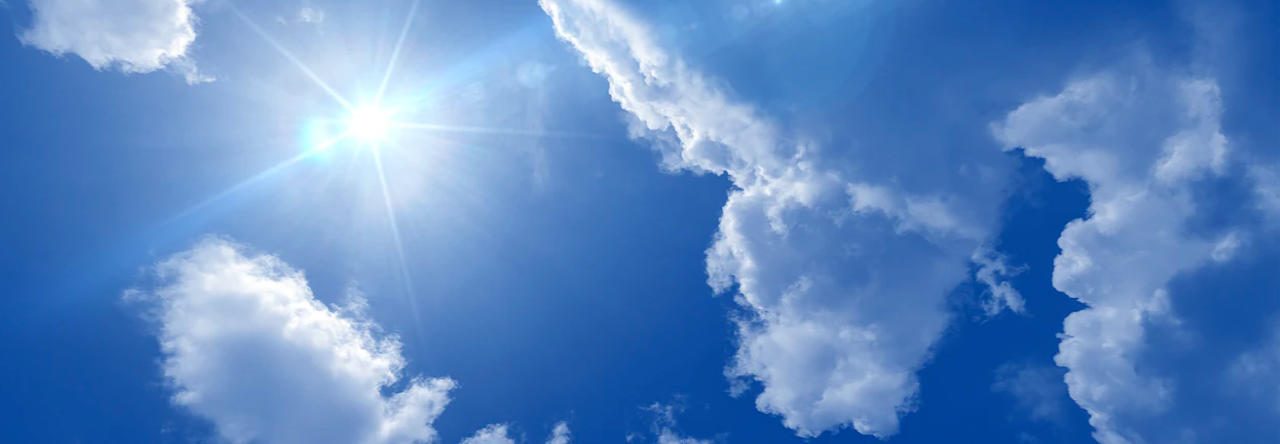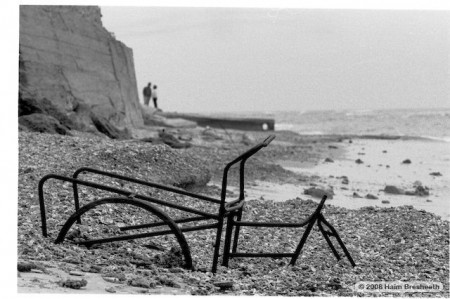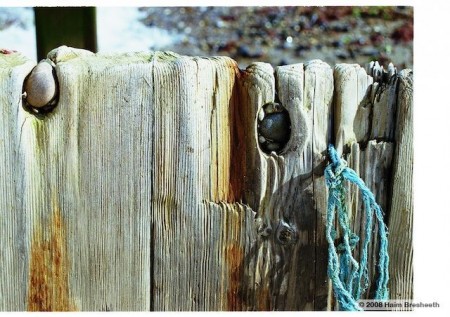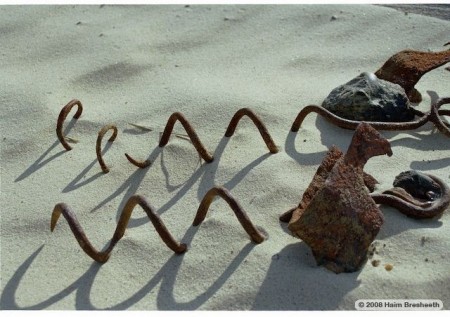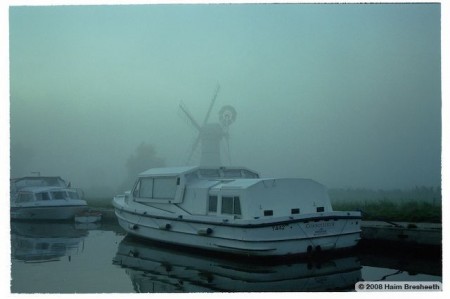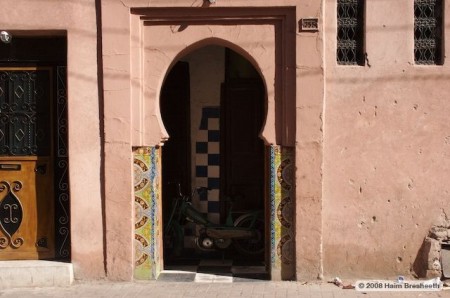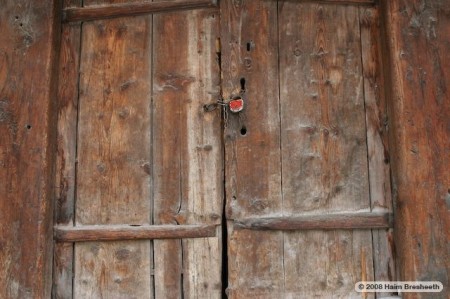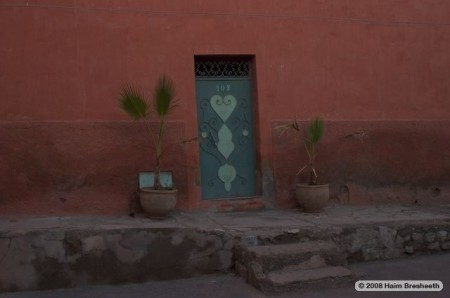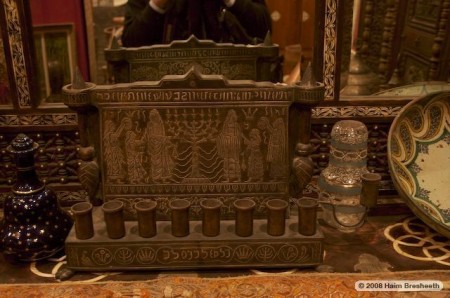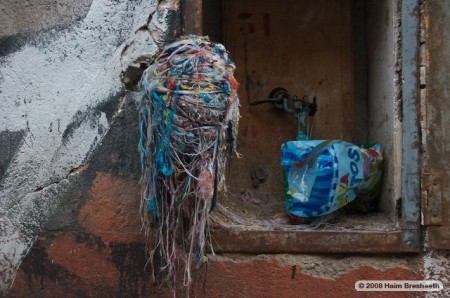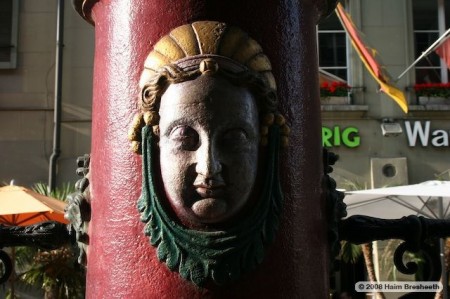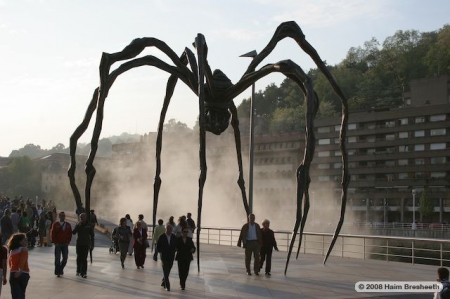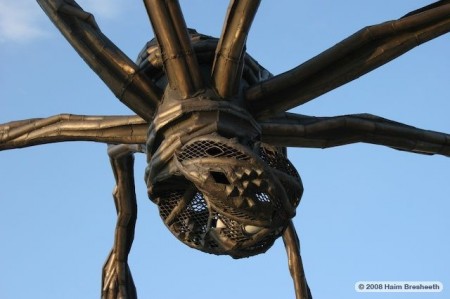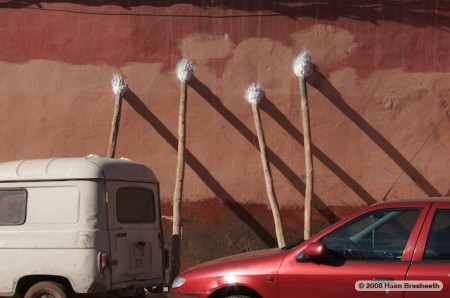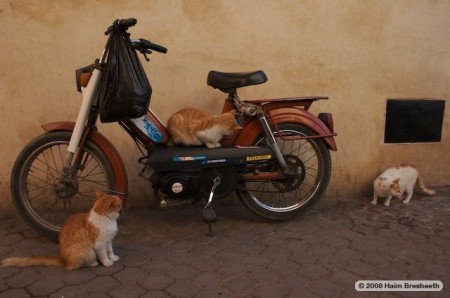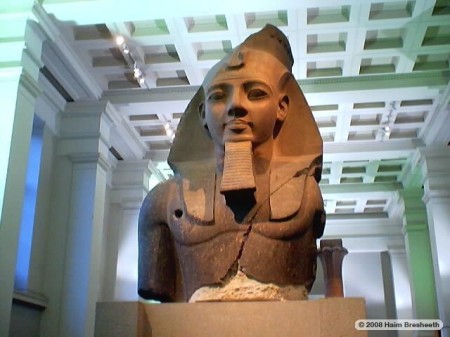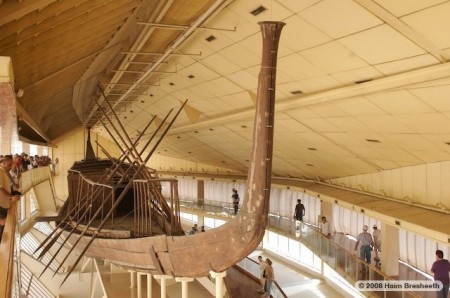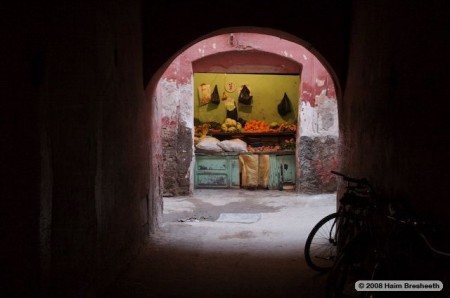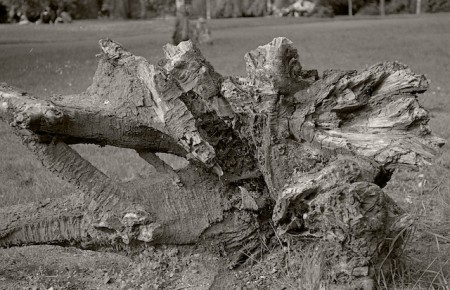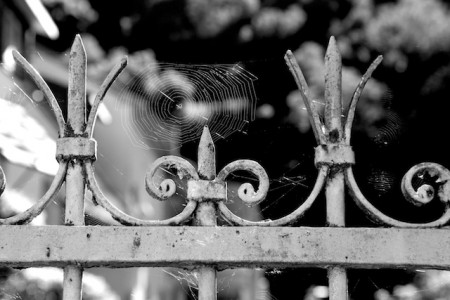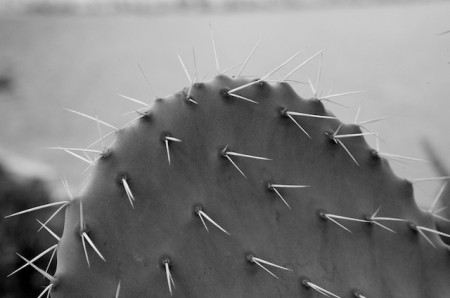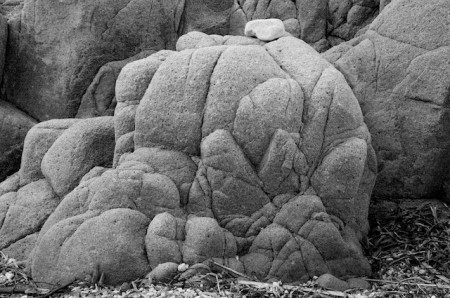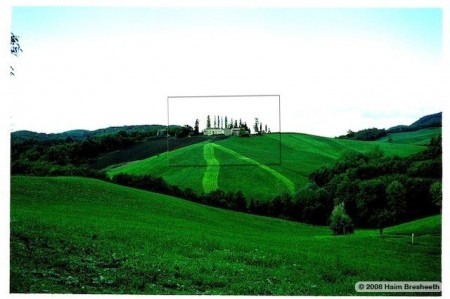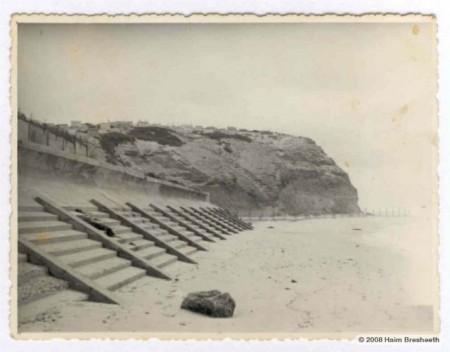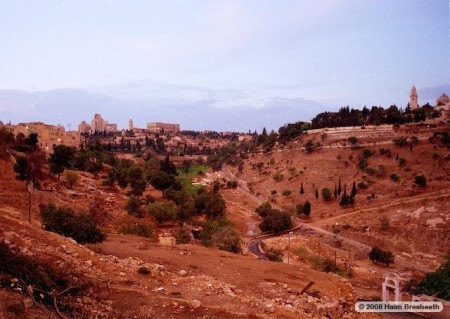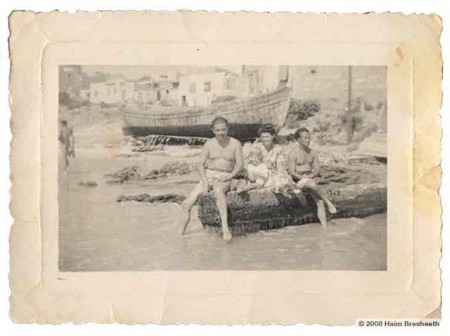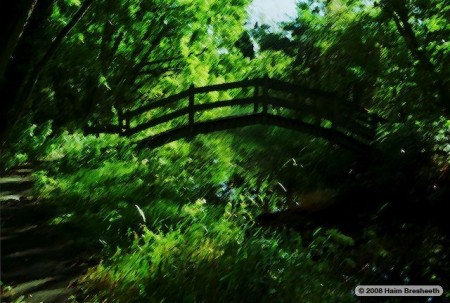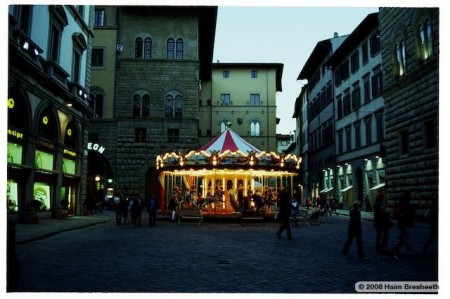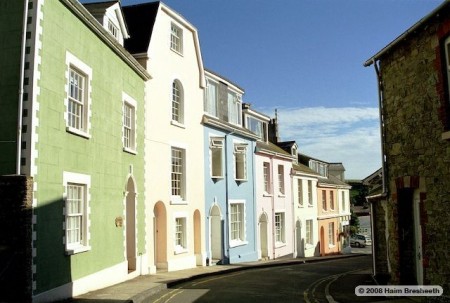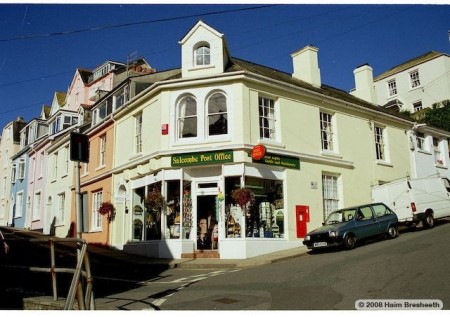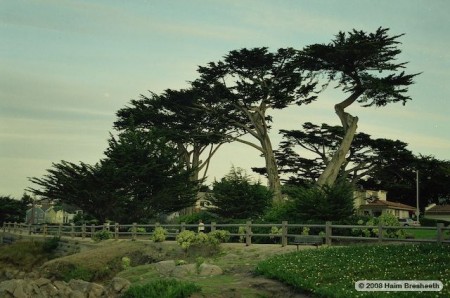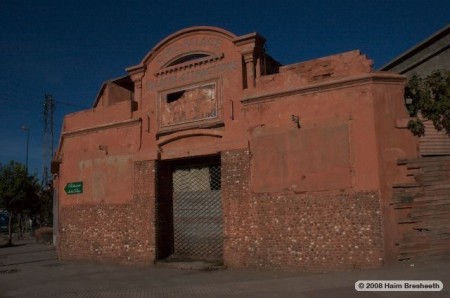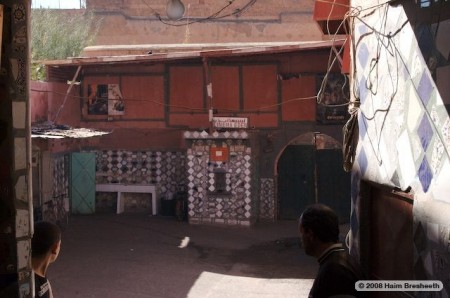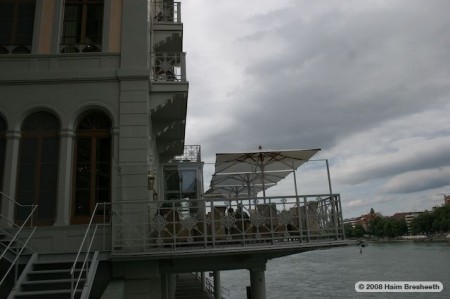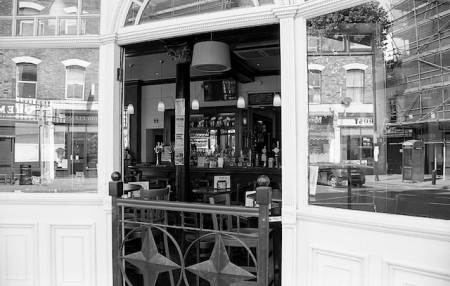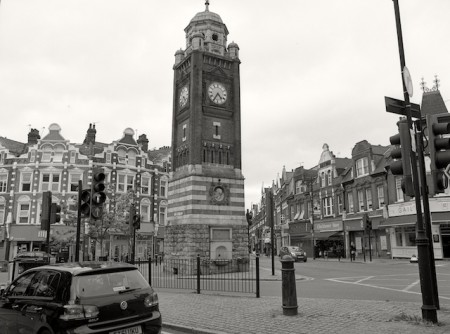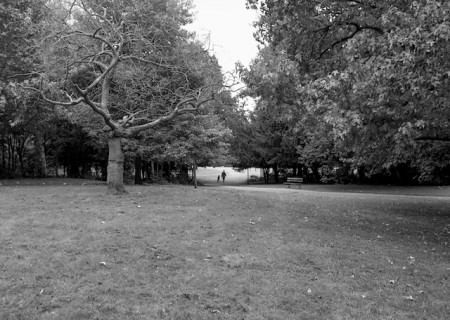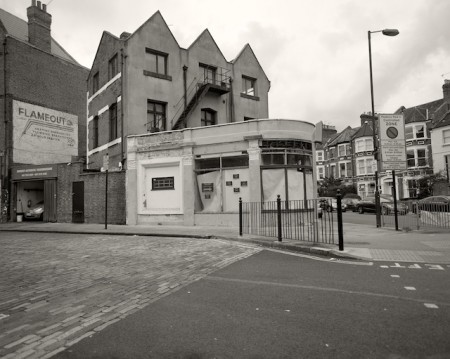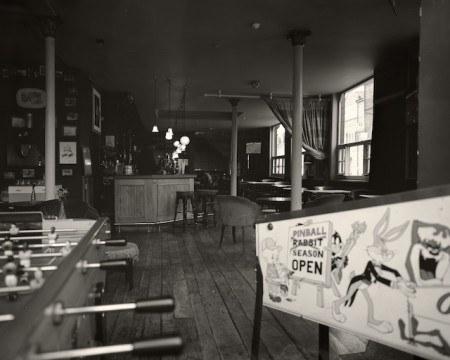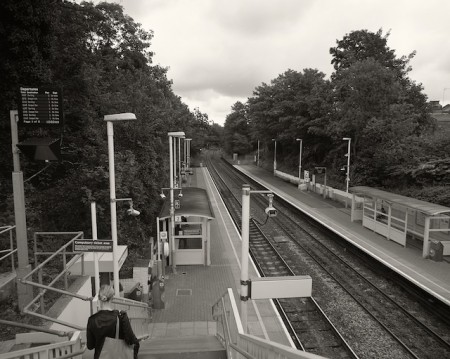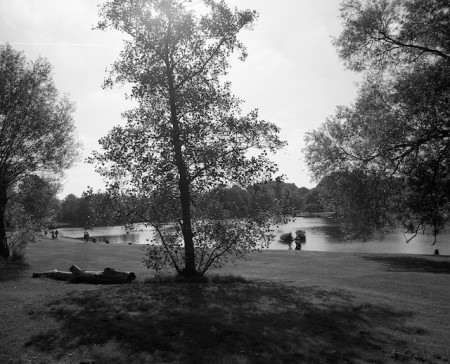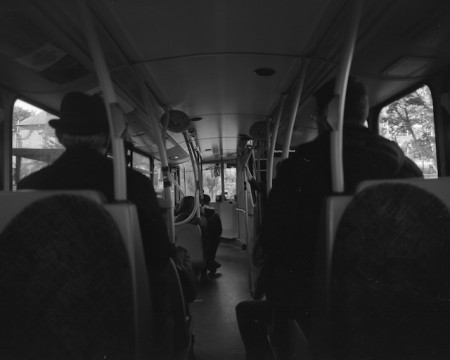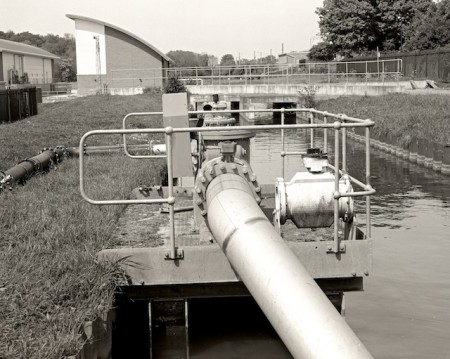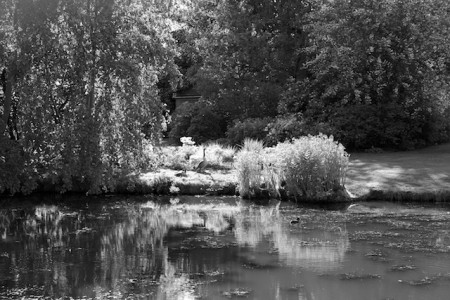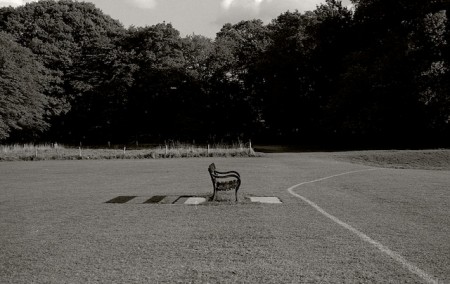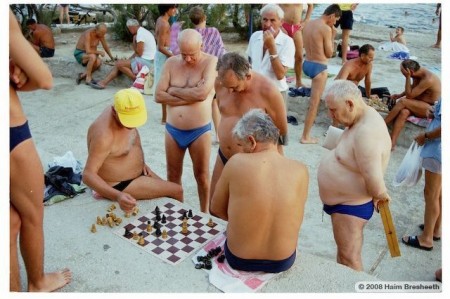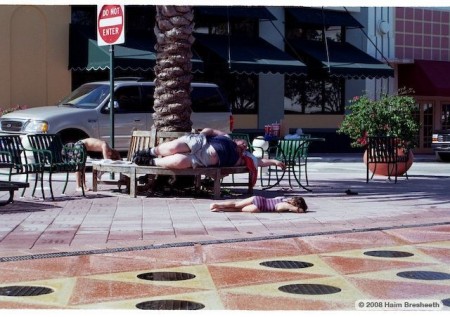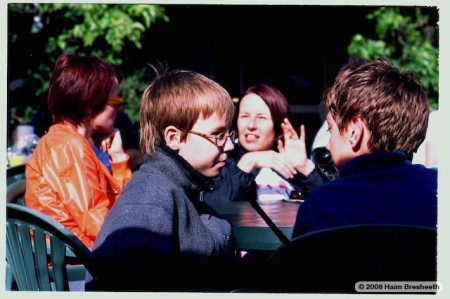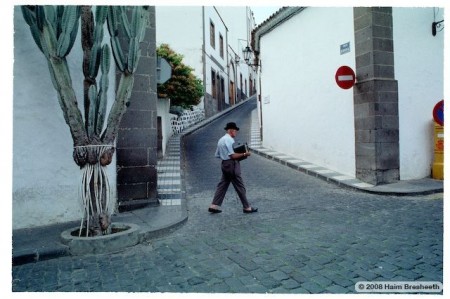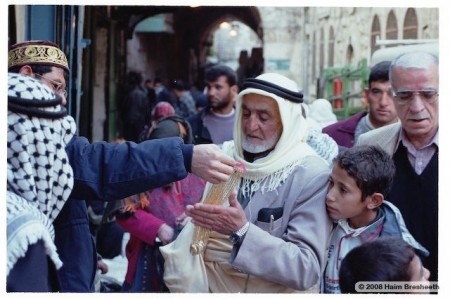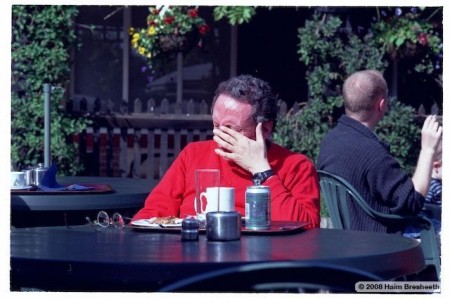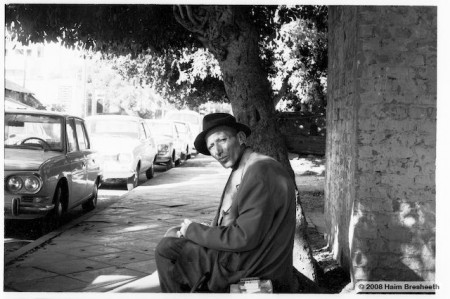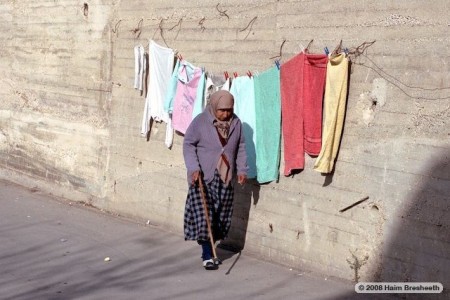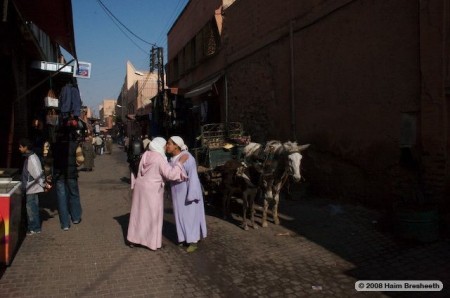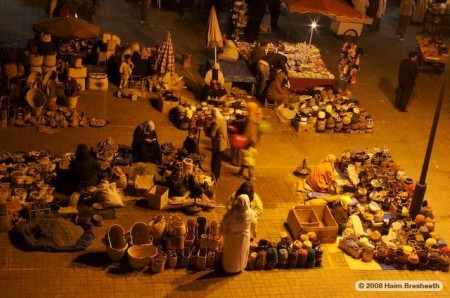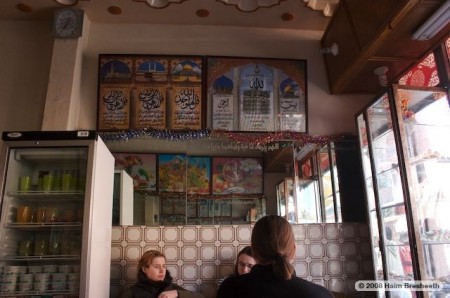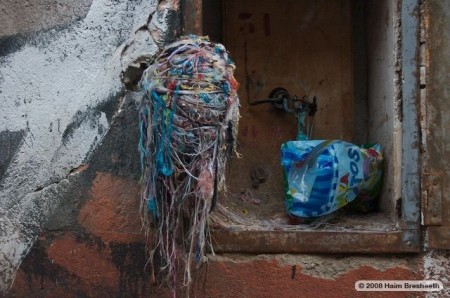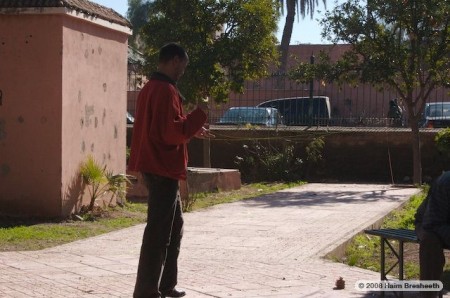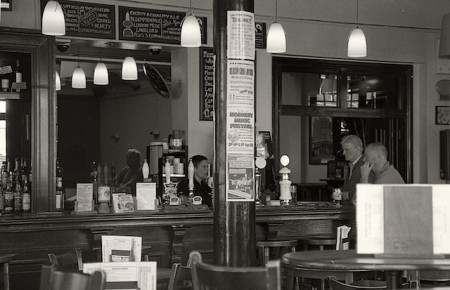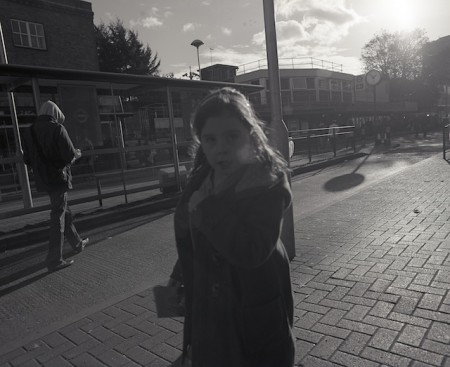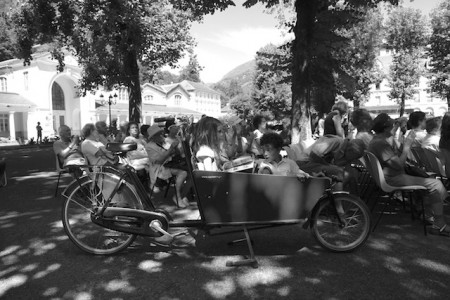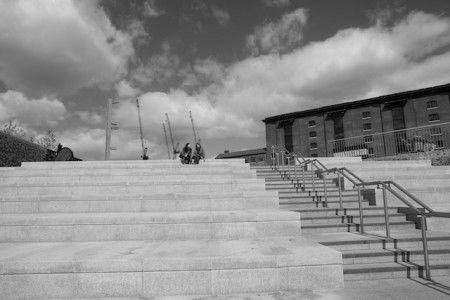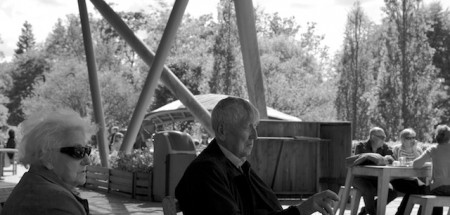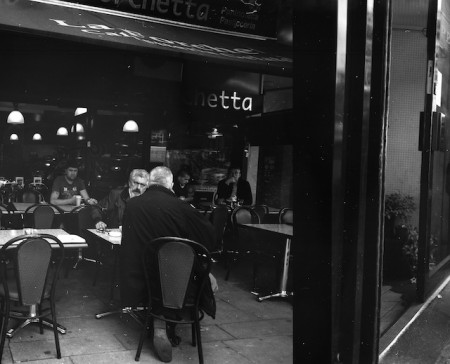Objects are evidence; evidence of time, evidence of use, evidence of life and of the elements. They remain here when we are long gone, changing with time. Most images here were shot on film – either on 35mm or 60mm by 60mm, and many are connected to the sea. The sea always ages objects in the most unique way.
Author: Haim Bresheeth Page 3 of 4
Places mean more than their image gives away – they hide but also reveal – so one can see how people lived in them, loved them, or were frightened of them.
People are the most difficult, but also the most rewarding subject to photograph. The few examples here show thus clearly, I hope.
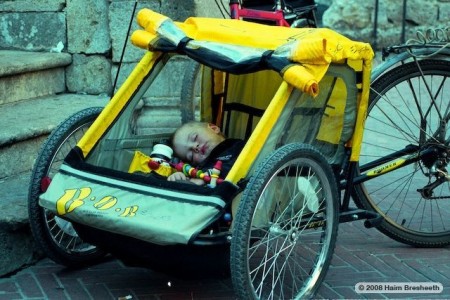 |
I saw this baby on his own, seemingly abandoned, sleeping very peacefully, the kind of sleep which only babies seem capable of. |
In the Indian galleries of the Victoria and Albert Museum resides that finest of oddities – Tippu’s Tiger. The garishly painted life-sized feline crouches over its prey, a white gentleman lying prostrate on his back with his hat still on his head.
This page is still being constructed
This page is still being constructed
[photopress:Rosetta_Stone.jpg,full,alignleft]
A Civilised Clash: Engaging with the theoretical debate through dance
By Haim Bresheeth
“…That’s not the way the world really works any more; We’re an empire now, and when we act, we create our own reality, and while you’re studying that reality – judiciously, as you will – we’ll act again, creating other new realities,
The Gallery is still being constructed
[photopress:Cigogne_1_2.jpg,full,centered]
A selection of photographs by Haim Bresheeth can be seen in the different pages of the Gallery.
In Progress – A Civilised Clash, 18 min. – a 16 screen drama-dance production, with Prof. Lizbeth Goodman and Bobby Byrne as the Dancers. Music by arrangement with Kila, Dublin.
In Progress – Art in Exile, 45 min. (projected) a documentary about the art acquisition policies of western museums, to be shot in UK, USA, France, Italy and Egypt. Financed by the AHRC (Arts and Humanities Research Council, UK)
AHRC site reference: http://www.ahrc.ac.uk/awards/award_detail.asp?id=324144
